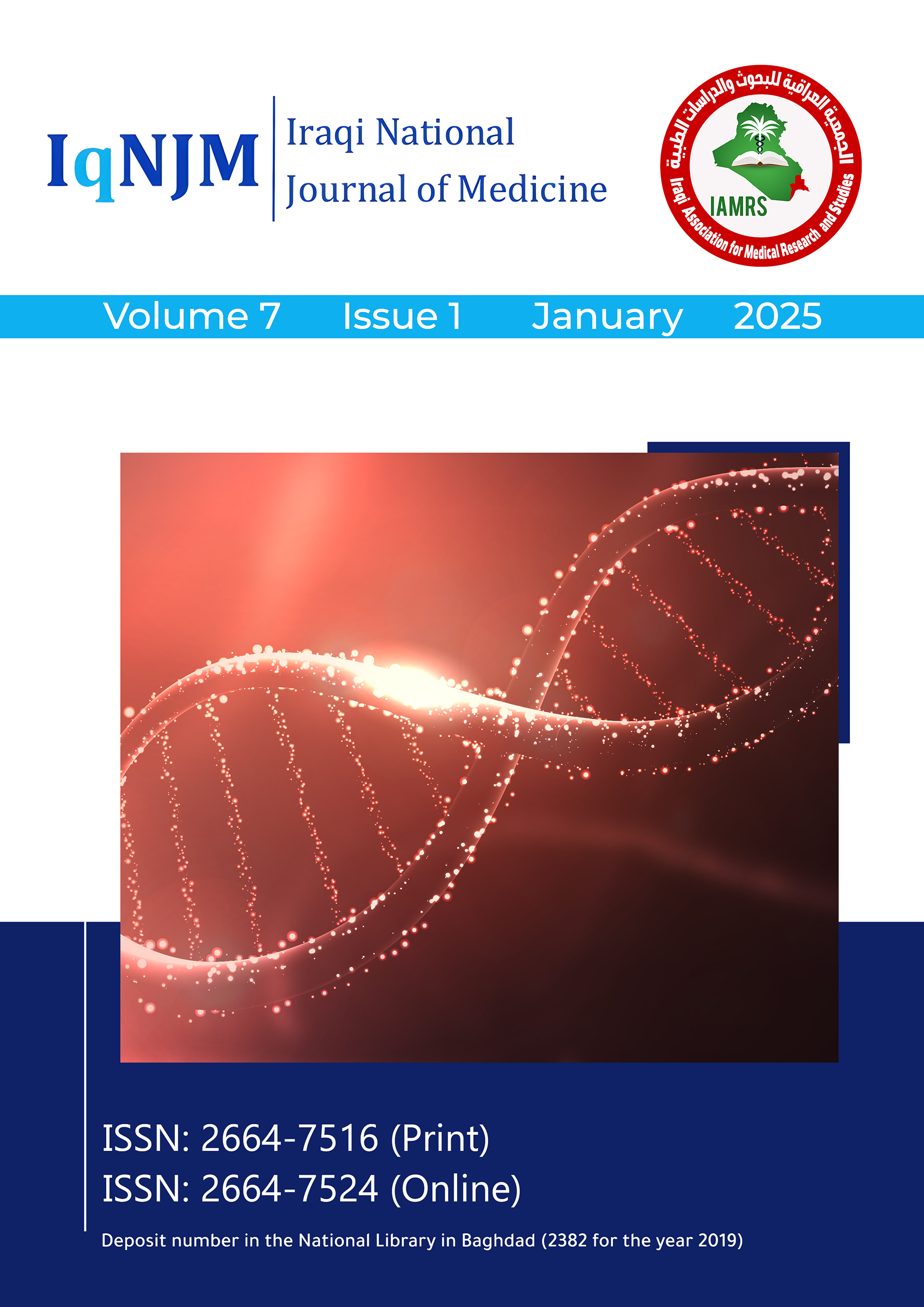Abstract
Background: The progressive and permanent damage associated with chronic kidney disease (CKD) makes it a major global health concern. Hemodialysis (HD) is a vital renal replacement therapy; however, its prevalence and adequacy remain understudied in Iraq. Aim: This study aims to assess the current situation of HD in Iraq, focusing on the prevalence and causes of CKD. Patients and Methods: This cross-sectional study included all Iraqi cities and examined patients receiving HD from January 1 to December 31, 2023. Data was collected through a structured questionnaire at governorate centers across Iraq. Results: A total of 10,721 HD patients from various regions of Iraq were included in the study, revealing a male-to-female ratio of 1.27:1. Baghdad had the highest patient population undergoing HD (27.0%), followed by Basra (10.5%), Karbala (8.1%), Erbil (6.4%), Dohuk (3.2%), Salah-al-Din (2.0%), Anbar (4.4%), Diyala (4.5%), Wasit (3.6%),3.2%), Najaf (2.8%), Maysan (3.2%), Al-Muthanna (2.3%), Nasiriyah (3.9%), Ninawa (6.2%), Kerkuk (3.8%), Babil (4.1%), and Diwaniyah (2.2%). Sulaymaniyah had the least number of patients undergoing HD (1.8%). A total of 7,918 (73.9%) were married, comprising 4,234 (39.49%) males and 3,684 (34.36%) females. Meanwhile, 2,803 (26.1%) were single, comprising 1762 (16.44%) males and 1041 (9.71%) females. A total of 7,695 (71.8%) patients received two HD sessions each week, comprising 4,378 (40.84%) males and 3,317 (30.94%) females. A total of 3,026 (28.2%) had three sessions per week, comprising 1,618 (15.09%) males and 1,408 (13.13%) females. Assessment of the etiological factors leading to renal disease among patients undergoing HD revealed that 3,467 (32.3%) patients had diabetes mellitus. Among them, 1,834 (17.1%) were males and 1,633 (15.2%) were females. Patients with hypertension comprised 4,317 (40.3%) individuals—2,389 (22.3%) males and 1,928 (18%) females. A total of 271 (2.6%) patients had polycystic kidney disease—125 (1.2%) males and 146 (1.4%) females. Glomerulonephritis was identified in 164 (1.5%) patients—88 (0.8%) males and 76 (0.7%) females. Patients with other etiological factors contributing to kidney disease totaled 2,502 (23.3%)—1,560 (14.6%) males and 942 (8.8%) females. Conclusion: The study underscores the burden of end-stage renal disease (ESRD) in Iraq and emphasizes the critical need for access to renal replacement therapies. Regional disparities in HD prevalence call for targeted interventions to address healthcare infrastructure, disease management, and awareness. Additionally, gender-related differences in CKD risk factors and management warrant further investigation to enhance patient outcomes and resource allocation.
